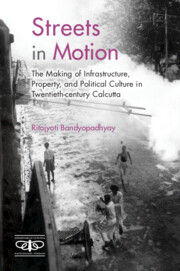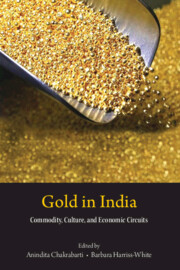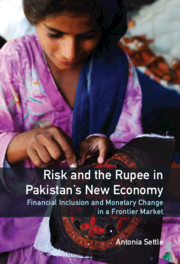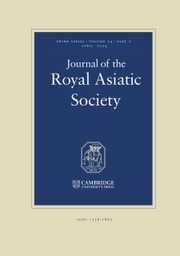Streets in Motion
The book studies the social production of motion in a capitalist urban context. In the city of capital, motion refers to a fetish. The bourgeois order posits motion as a metaphor for energy, positivity, and progress – a norm – and obstruction (motion's dialectical opposite) as delinquency. The book uncovers the social tectonics of spatial mobilization and thus demystifies motion. Who and what set spaces on the move? How did various classes of city dwellers activate, experience, and negotiate it? Streets in Motion develops an approach to urban history by theorizing and historicizing the 'street' as an apparatus of city-making and subject formation. It works at two registers – a local history of Calcutta in colonial and post-colonial periods, and a theorizing of the logistical and political-cultural centrality of the street within this rubric. It is argued that the street is politics in as much as politics is the production of space.
- Introduces a new dialectical opposition between motion and obstruction and thus it re-articulates Marxism in urban history
- Connects Calcutta's late-colonial histories with its postcolonial developments
- Introduces two new archives to the public - The Archives of the Calcutta Improvement Trust and the Hawker Sangram Committee
Product details
June 2022Adobe eBook Reader
9781009276740
0 pages
This ISBN is for an eBook version which is distributed on our behalf by a third party.
Table of Contents
- List of Maps, Tables, Appendices, Images
- List of Abbreviations
- Acknowledgements
- Introduction
- Chapter 1. The Making of the Modern Street: Engineers, Commoners, Agitators
- Chapter 2. The Regime of the Streets: Renewal and Riots, 1910-1926
- Chapter 3. City as Territory: Institutionalizing Majoritarianism
- Chapter 4. Frontier Urbanization
- Chapter 5. Durable Obstructions, Spatializing Motion: The History of Footpath-hawking
- Epilogue
- Glossary
- Bibliography.






